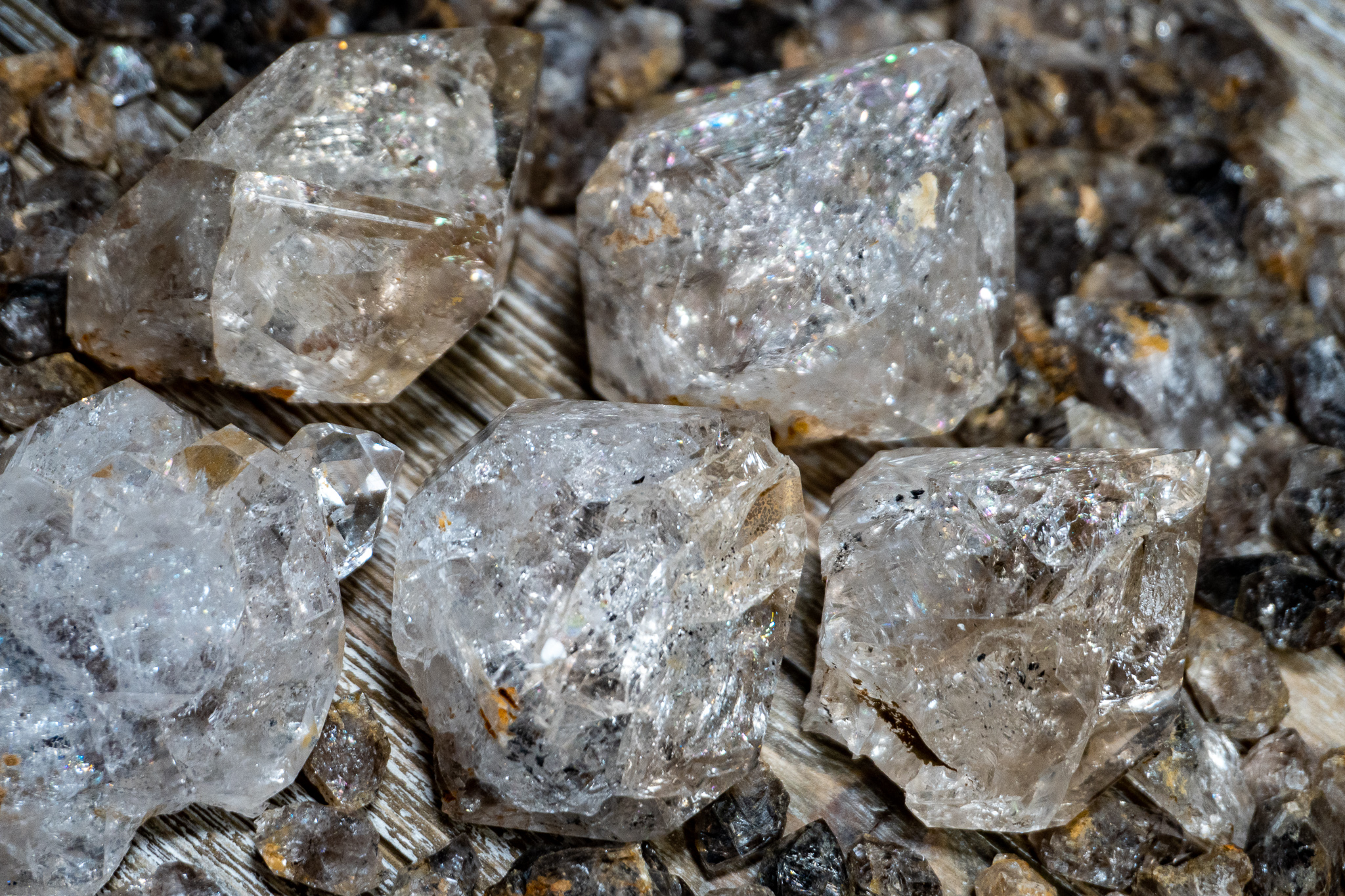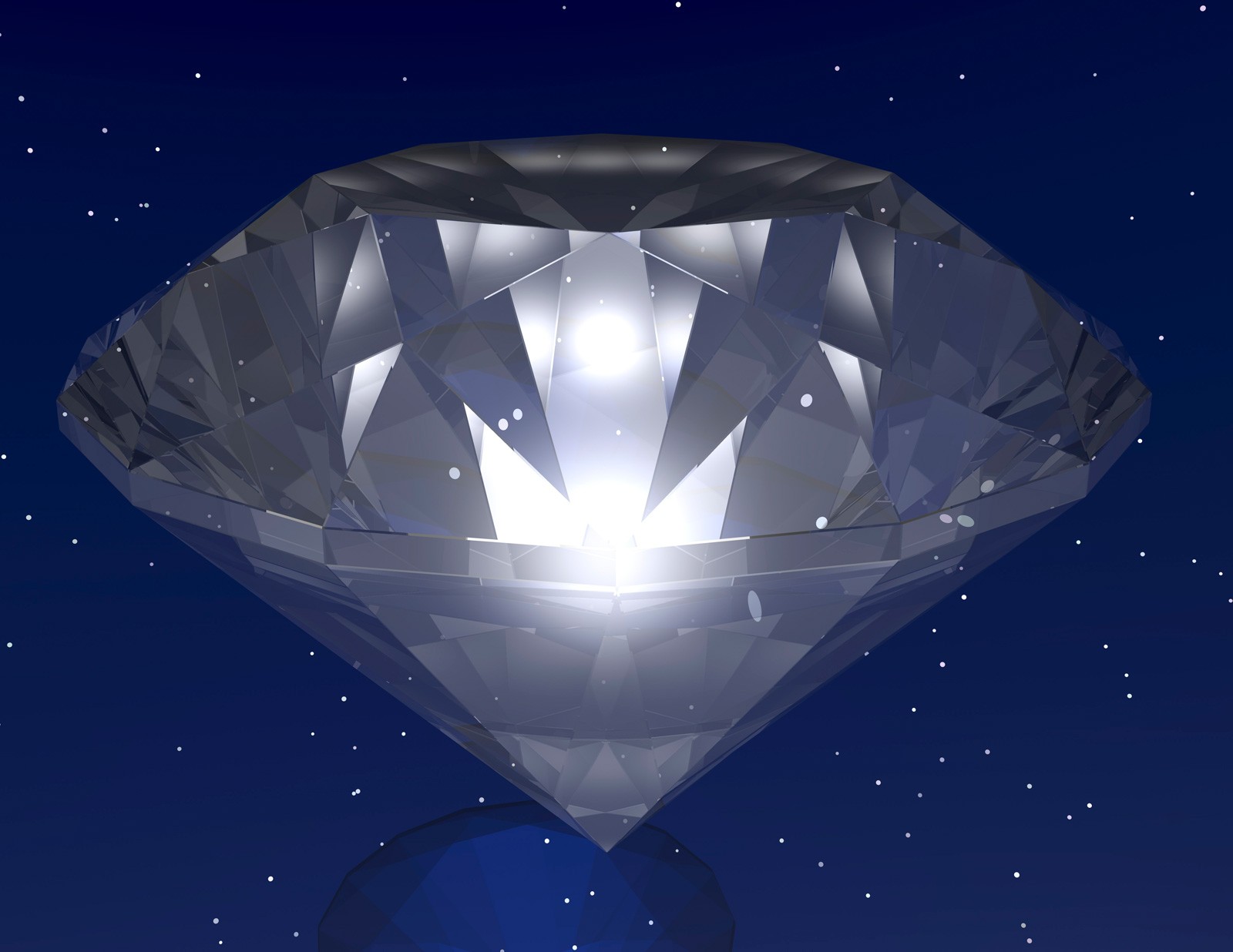Diamond Symbolism and Meaning

Diamonds have long been associated with purity, love, and strength. They are often used in engagement rings and other jewelry to symbolize commitment and eternal love. Diamonds are also believed to bring good luck and fortune, and they are often given as gifts to celebrate special occasions.
In many cultures, diamonds are believed to have spiritual significance. In Hinduism, diamonds are associated with the planet Venus and are believed to bring good luck and prosperity. In Buddhism, diamonds are said to represent the purity of the mind and are often used in meditation practices. In Christianity, diamonds are sometimes associated with the Holy Spirit and are believed to represent the light of God.
Love and Commitment
Diamonds are often associated with love and commitment. They are often given as engagement rings and wedding bands to symbolize the eternal love and commitment between two people. Diamonds are also popular gifts for anniversaries and other special occasions.
Purity and Strength
Diamonds are also associated with purity and strength. They are often used in jewelry to represent the purity of the wearer’s heart and the strength of their character. Diamonds are also believed to have the power to protect the wearer from harm.
Diamond Characteristics and Properties: Diamond Meaning

Diamond meaning – Diamonds, the epitome of brilliance and allure, possess a captivating array of physical and chemical attributes that render them both exquisite and invaluable. This section delves into the intrinsic qualities that define these precious gems, exploring their unique crystal structure, unparalleled hardness, and captivating optical properties.
Crystal Structure and Hardness
Diamonds are composed of pure carbon atoms arranged in an exceptionally rigid and compact crystal structure known as a diamond cubic lattice. This intricate arrangement grants diamonds their unparalleled hardness, making them the most durable natural material on Earth. With a Mohs hardness of 10, diamonds can only be scratched by other diamonds, a testament to their exceptional resilience.
Optical Qualities
Beyond their remarkable hardness, diamonds captivate with their mesmerizing optical properties. Their high refractive index and dispersion cause light to bend and separate into a kaleidoscope of colors, resulting in the brilliant fire and scintillation that make diamonds so captivating. Additionally, diamonds exhibit exceptional transparency, allowing light to pass through them with minimal distortion, further enhancing their allure.
Factors Influencing Value
The value and desirability of diamonds are influenced by several key factors, including:
- Carat Weight: Measured in carats, this represents the weight of the diamond, with larger diamonds generally commanding higher prices.
- Clarity: This refers to the presence of inclusions or blemishes within the diamond. Diamonds with fewer imperfections are considered more valuable.
- Color: While colorless diamonds are considered the most valuable, diamonds can also exhibit a range of colors, from faint yellow to intense pink or blue.
- Cut: The way a diamond is cut and polished significantly impacts its brilliance, fire, and scintillation. Well-cut diamonds maximize light performance, enhancing their overall beauty.
Diamond Mining, Cutting, and Polishing, Diamond meaning
The journey of a diamond from the depths of the earth to its exquisite brilliance involves several intricate processes:
- Mining: Diamonds are primarily mined from kimberlite pipes, volcanic formations that carry diamond-bearing rock to the surface.
- Cutting: Once extracted, rough diamonds are meticulously cut and shaped by skilled artisans using specialized tools and techniques.
- Polishing: The final step involves polishing the diamond to achieve its maximum brilliance and fire. This delicate process requires expertise and precision.
Diamond Industry and Market

The diamond industry has a long and complex history, dating back to the discovery of diamonds in India thousands of years ago. Today, diamonds are mined in countries around the world, and the industry is dominated by a few major players. The global diamond market is estimated to be worth over $80 billion annually, with the United States being the largest consumer of diamonds.
The diamond industry has been criticized for its environmental and ethical practices. Diamond mining can damage the environment, and there have been reports of human rights abuses in the diamond trade. In response to these concerns, the diamond industry has developed a number of initiatives to improve its practices. These initiatives include the Kimberley Process, which is a certification scheme designed to prevent conflict diamonds from entering the legitimate diamond trade.
Major Players
The diamond industry is dominated by a few major players, including De Beers, Alrosa, and Rio Tinto. De Beers is the world’s largest diamond producer, and it controls a significant share of the global diamond market. Alrosa is the second largest diamond producer, and it is owned by the Russian government. Rio Tinto is a mining company that produces diamonds, as well as other minerals.
Current Trends
The diamond industry is currently facing a number of challenges, including declining demand for diamonds, increasing competition from synthetic diamonds, and the rise of ethical concerns. In response to these challenges, the diamond industry is working to diversify its product offerings and develop new markets for diamonds.
Ethical and Environmental Concerns
The diamond industry has been criticized for its environmental and ethical practices. Diamond mining can damage the environment, and there have been reports of human rights abuses in the diamond trade. In response to these concerns, the diamond industry has developed a number of initiatives to improve its practices. These initiatives include the Kimberley Process, which is a certification scheme designed to prevent conflict diamonds from entering the legitimate diamond trade.
Uses of Diamonds Beyond Jewelry
Diamonds are not only used in jewelry. They are also used in a variety of industrial applications, such as cutting tools, abrasives, and electronics. Diamonds are also used in scientific research, and they have been used to develop new technologies, such as lasers and medical imaging devices.
A diamond, a stone of immense value, has long been associated with power and eternity. But beneath its sparkling facade lies a darker secret, a connection to the sword pit , a place where warriors perished and their weapons were swallowed by the earth.
The diamond, born from the depths of the earth, carries within it a whisper of that ancient carnage, a reminder of the fragility of human life amidst the enduring power of nature.
Diamonds, emblems of eternity and unyielding brilliance, shimmer with a captivating allure. Their enduring presence finds an echo in the enigmatic realm of wordle nyt , where letters dance and meanings unfold like a sparkling mosaic. As we delve into the depths of language, we uncover the hidden gems that, like diamonds, illuminate our path with wisdom and wonder.
Diamonds, with their unyielding brilliance, have long symbolized strength and resilience. In the depths of a sword pit , where the echoes of ancient battles linger, diamonds gleam as a testament to the enduring power of the human spirit. They remind us that even in the face of adversity, the flame of hope and determination can never truly be extinguished.
The enigmatic allure of diamonds has captivated hearts for centuries, symbolizing purity and eternity. Yet, beneath their shimmering surface lies a hidden realm of quantum phenomena. Quantum pits , microscopic defects within the diamond’s crystal lattice, harness the power of quantum mechanics to manipulate light and generate extraordinary optical properties.
This discovery opens a window into the interplay between the material world and the quantum realm, deepening our understanding of the diamond’s profound significance and its potential for groundbreaking technological advancements.